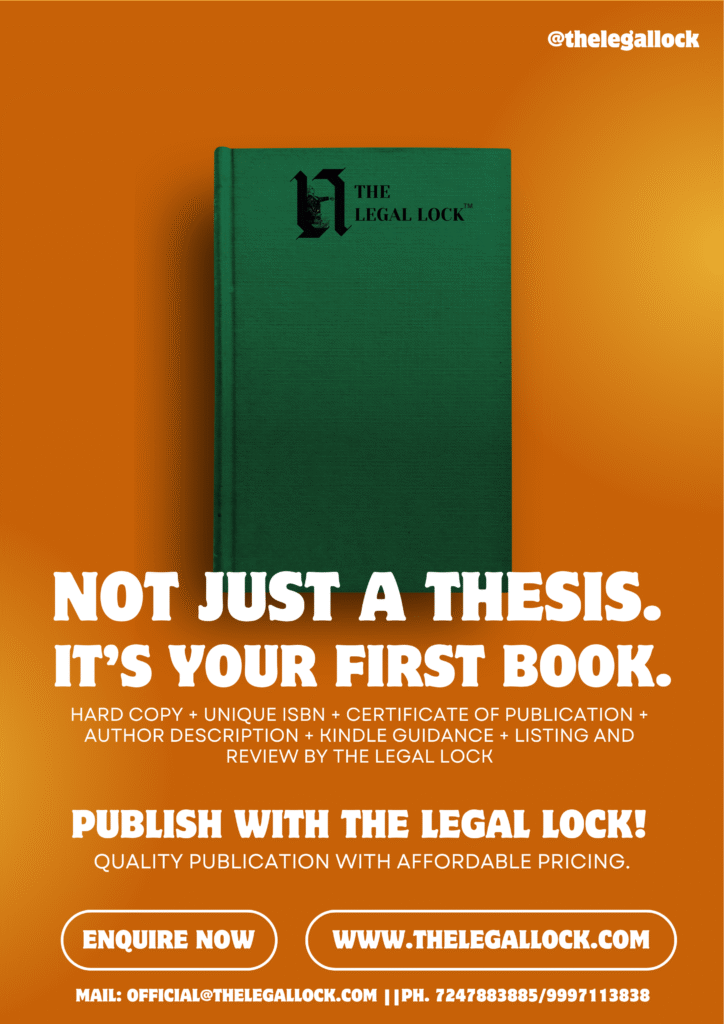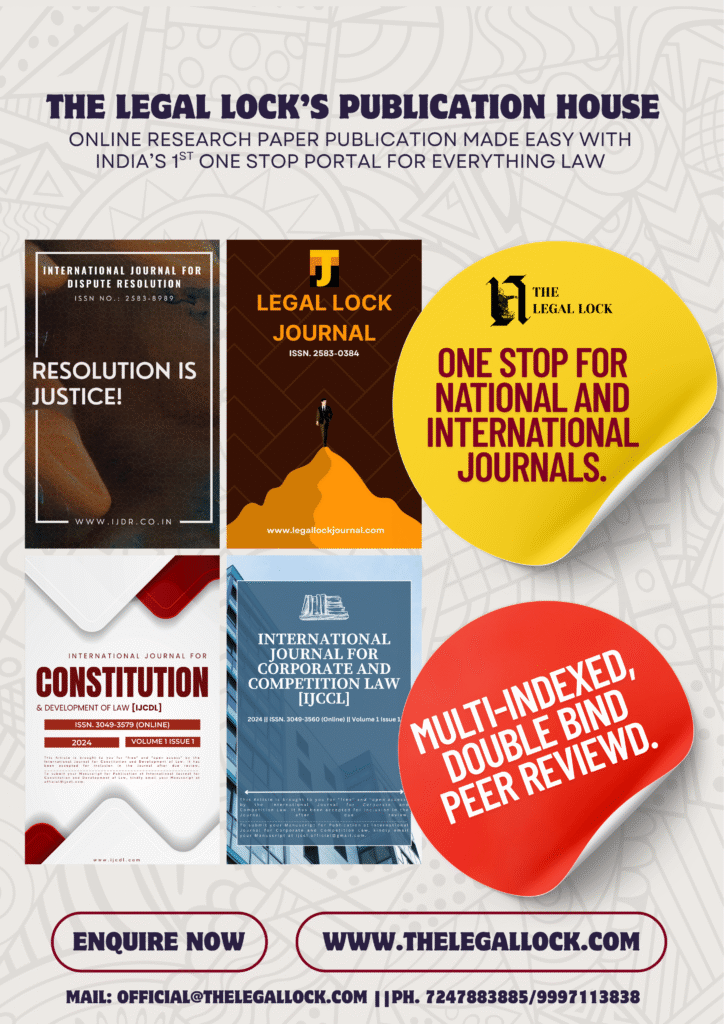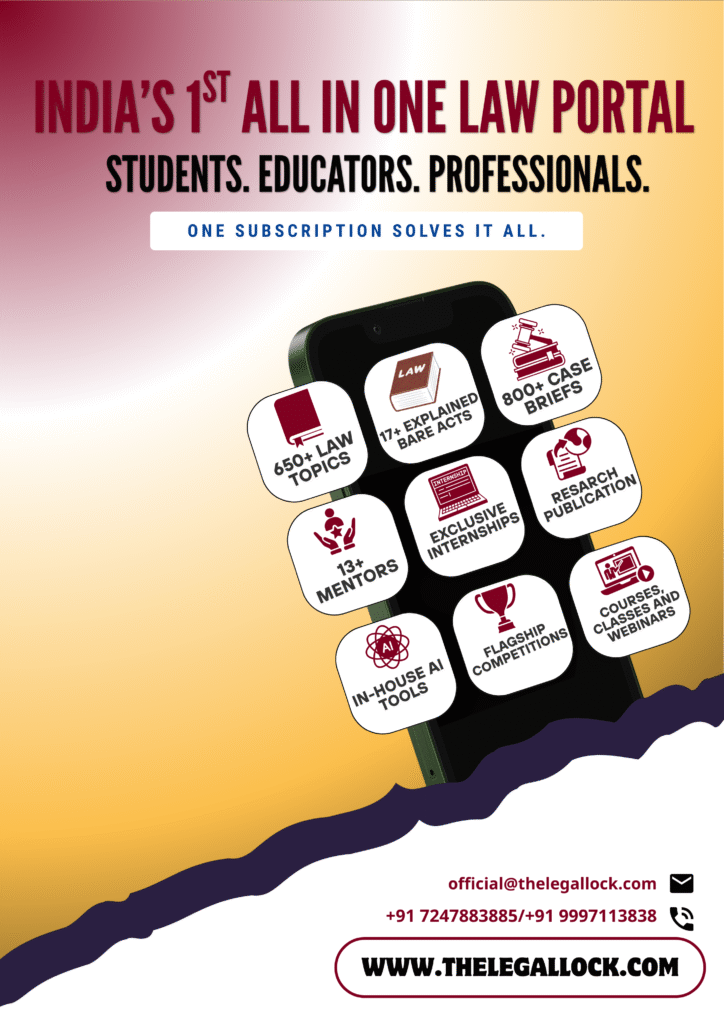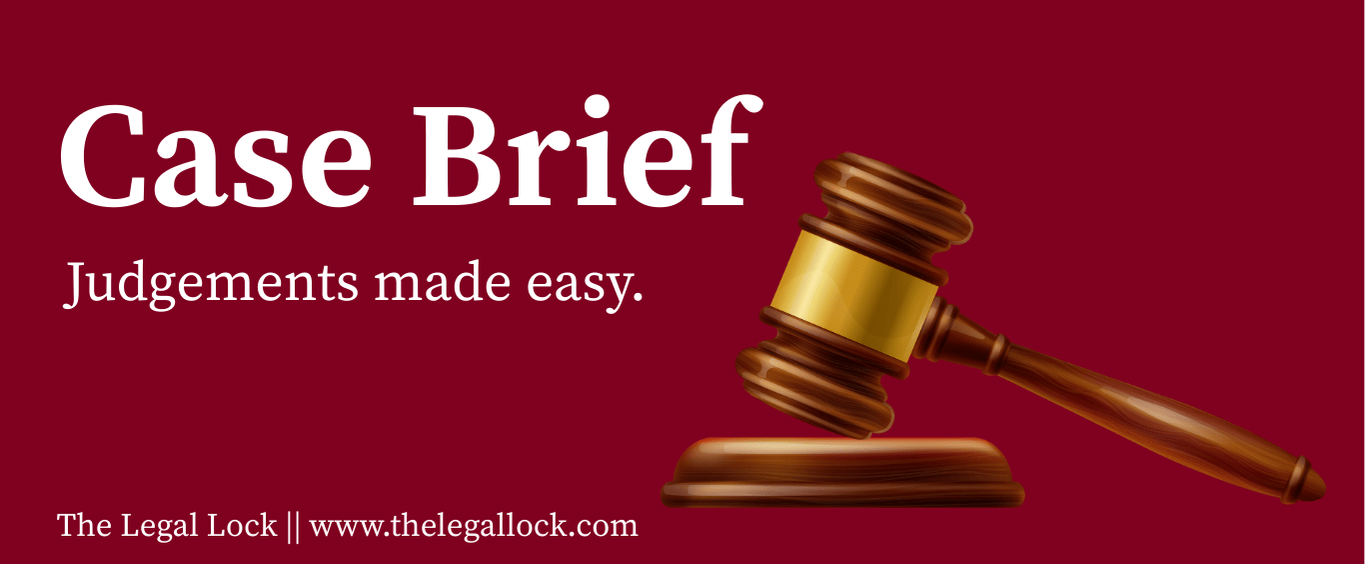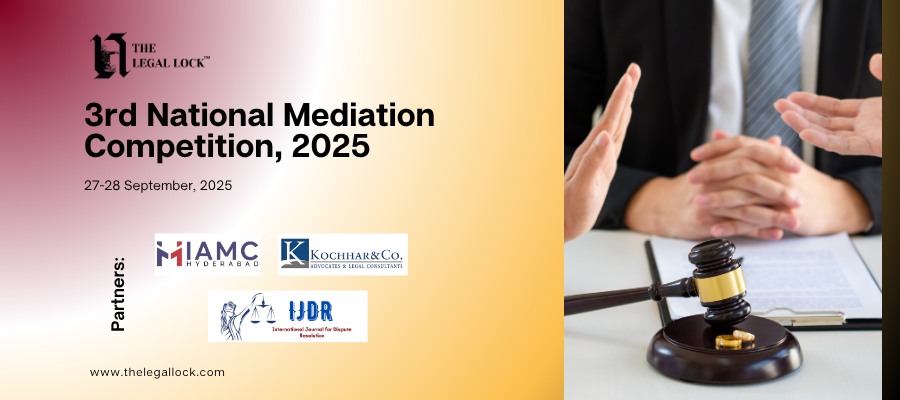| CASE NAME | K Veeraswamy vs. Union of India 1991 |
| CITATION | 1991 SCR (3) 189, 1991 SCC (3) 655 |
| COURT | In the Supreme Court of India |
| Bench | Shetty, K. J. Judge, Ray, B.C. Judge, Sharma L. M. Judge, Venkatachalliah, M.N. Judge, Verma, Jagdish Saran Judge |
| Date of Decision | 25 July, 1991 |
INTRODUCTION
A major turning point in Indian law was the case of K. Veeraswami v. Union of India, which addressed important issues about public officials’ immunity and responsibility. The legal action is taking place against the backdrop of claims that a senior public worker was the victim of corruption and bribery. K. Veeraswami, a former chief justice of the Madras High Court, became embroiled in a maze of legal issues that both examined the limits of public officials’ legal immunity and called into question the moral behaviour of judges. The Supreme Court of India heard this case, which explores the difficult balancing act between the need to protect the independence and integrity of the court and the obligation to hold public officers accountable for misbehaviour. As the court considers whether a sitting judge can be the target of a criminal investigation and prosecution for actions taken while performing official duties, the proceedings shed light on the complex interactions among constitutional principles, legislative provisions, and court precedents.
Examining the different aspects of K. Veeraswami’s legal struggle against the Union of India reveals that this case is not only a turning point in Indian judicial history but also a benchmark for the current discussion about the relationship between ethics, responsibility, and the inviolable character of public service. The facts, legal questions, arguments made, and final court rulings that together established the jurisprudential landscape regarding the responsibility of high-ranking public officials in the Indian legal system will all be covered in this case brief.
FACTS
In the case of K. Veeraswami v Union of India, the former Chief Justice of a High Court is accused of corruption and of accumulating an excessive amount of wealth. The Central Bureau of Investigation (CBI) received a complaint against the appellant, which set off a series of events. Following that, on February 24, 1976, a case was filed in accordance with Sections 5(2) and 5(1)(e) of the 1947 Prevention of Corruption Act. On February 28, 1976, a formal complaint was submitted to the Special Judge’s court.
The appellant, K. Veeraswami, took leave from his official duties on March 9, 1976, and eventually retired on April 8, 1976, upon reaching the age of superannuation. The inquiry proceeded, and on December 15, 1977, a charge sheet against the appellant was presented before the Special Judge. According to the charge sheet, the appellant progressively accumulated riches and owned financial resources and property in his name, as well as in the names of his wife and two sons, beginning on May 1, 1969, when he was appointed Chief Justice. These assets were allegedly out of proportion to his known sources of income during the period between the registration of the lawsuit and the Chief Justice’s appointment. The appellant filed a motion under Section 482 of the Code of Criminal Procedure (CrPC) with the High Court in response to the legal proceedings, requesting that the criminal proceedings be quashed. The case was considered by a Full Bench of the High Court, which highlighted the important legal issues raised by the case by dismissing the plea by a majority of 2:1 while granting a certificate under Articles 132(1) and 134(1)(c) of the Indian Constitution.
As a result, the case made its way to the Indian Supreme Court, where the appellant requested remedies and an explanation of the important legal questions brought up throughout the trial.
ISSUES
- Whether a judge of a High Court or the Supreme Court is a ‘public servant’ under Section 2 of the Prevention of Corruption Act of 1947?
- Whether a Judge of the High Court including Chief Justice or a Judge of the Supreme Court can be prosecuted for an offence under the Prevention of Corruption Act, 1947?
- Who is the competent authority to remove a Supreme Court or High Court Judge from office in order for that authority to grant sanction for prosecution of the Judge under Section 6 of the Prevention of Corruption Act, 1947?
ARGUMENTS
Arguments by the petitioners
- The petitioner argues that the Section 6 of Prevention of Corruption Act requires prior sanction from an authority that should be competent to remove a public servant. It contended that the power to remove a judge lies with the President and the two houses of the Parliament under Article 124(4) of the Constitution.
- The petitioner expressed concerns about the President’s appointment as the sanctioning authority, arguing that the President is not independent as he follows the opinion of the Council of Ministers. This arrangement increases the possibility of power abuse, which might affect the judiciary and jeopardise judicial independence.
- The petitioner emphasised that when there is a master-servant relationship with the appropriate removal power, Section 6 is applicable. The petitioner maintained that, in the case of judges, the sanctioning power ought to be positioned above them vertically, in accordance with Article 124(4) of the Constitution.
- The petitioner argued that a public servant’s possession of excessive assets is not prohibited by law. Possession by a state employee only turns into a crime when they are unable to give an explanation. highlights the necessity for investigating officers to provide judges a chance to clarify disproportionality; failing to do so would render the charge sheet void.
Arguments by the Respondents
- The respondent presented proof of the appellant’s excessive income—which the appellant did not contest—based on the CBI’s investigation and the charge sheet. Finding the appropriate authorities to make a decision on the matter was their main concern.
DECISION
The Supreme Court examined whether judges of High Courts and the Supreme Court were subject to the Prevention of Corruption Act, 1947, in a historic ruling in the case of K. Veeraswamy v. Union of India. Justices Ray, Shetty, and Venkatachaliah issued the majority judgement, which concluded that judges of these higher courts are protected under Section 2 of the Prevention of Corruption Act as “public servants”. The majority judgement states that prosecution of a Supreme Court judge or a High Court judge, including the Chief Justice, can only begin with the approval of the appropriate authorities, as stated in Section 6 of the Prevention of Corruption Act. According to the ruling, the President of India possesses the jurisdiction to provide advance approval for the prosecution of a higher court judge under Section 6(1)(c) of the Act.
In addition, the ruling established procedural protections by declaring that no criminal prosecution may be filed against a judge of the High Court, the Chief Justice of the High Court, or the Supreme Court without first contacting the Chief Justice of India. It is mandatory to confer with other Supreme Court justices in cases involving the Chief Justice of India. The ruling underscored the pivotal function of the Chief Justice of India in the sanctioning procedure, declaring that the sanction question need to be directed and resolved in compliance with the Chief Justice of India’s opinion. Justice Verma said in a dissenting judgement that the Prevention of Corruption Act does not apply to judges or Chief Justices of High Courts since they are public office holders. The opposing opinion holds that while judges of the Supreme Court and High Courts are regarded as constitutional officials, Section 6 of the Act does not apply to them.
The ruling’s impact highlighted the need for legislative action to provide a framework for the prosecution and sentencing of higher-ranking judges who are accused of wrongdoing. The Court recommended that Parliament implement appropriate legislation in accordance with the constitutional framework and noted the necessity of extending the current statute to encompass higher Judges. The judgement clarified the procedural issues of bringing criminal charges against judges in an effort to strike a balance between the need for accountability and the maintenance of judicial independence.
ANALYSIS
The primary focus of the analysis in the K. Veeraswamy v Union of India case is the necessity of an authorised authority to enable the removal of judges from subordinate, High, and Supreme Courts in accordance with the Prevention of Corruption Act. By its ruling, the Supreme Court set a major precedent that denies appeals, requires criminal misbehaviour to be punished, and pushes for the imposition of harsher penalties. The court’s decision emphasises how a designated authority must be involved in order to punish criminal misbehaviour, especially when it involves judges from several judicial hierarchies. The appeal is dismissed because no such body had authorised the necessary funding for criminal misbehaviour cases to be prosecuted. Under the purview of the Prevention of Corruption Act, the decision in K. Veeraswamy v. Union of India highlights the need of having a powerful authority capable of dismissing judges from lower, higher, and supreme courts.
The analysis backs up the idea that extra punitive measures are vitally needed to discourage corruption inside the court, in addition to the removal of judges. This decision implies that dismissal alone might not be enough to serve as a deterrence, and that a more complete strategy comprising suitable sanctions and harsher penalties for public servants—including judges—is necessary. In conclusion, the study supports the Supreme Court’s decision in K. Veeraswamy v. Union of India, highlighting the need for a strong system of fines and punishments to combat judicial corruption and stressing the need for the development of a responsible authority for judge removal. Given the lack of jurisdiction to punish criminal misbehaviour, the appeal’s denial is considered justified. This underscores the need for a more thorough and practical strategy to protect the judiciary’s integrity.



